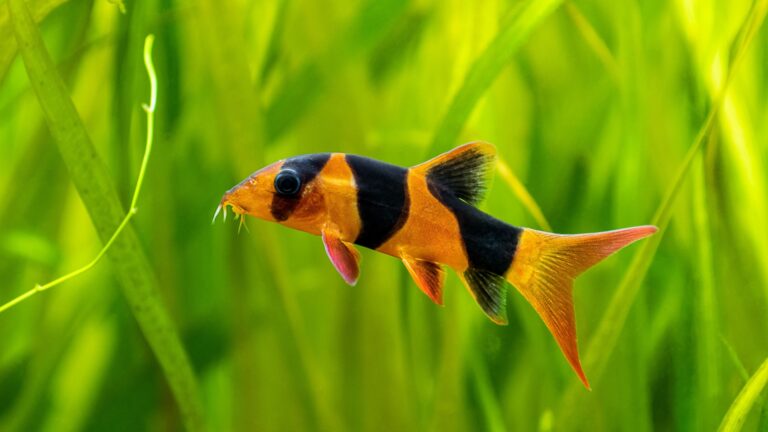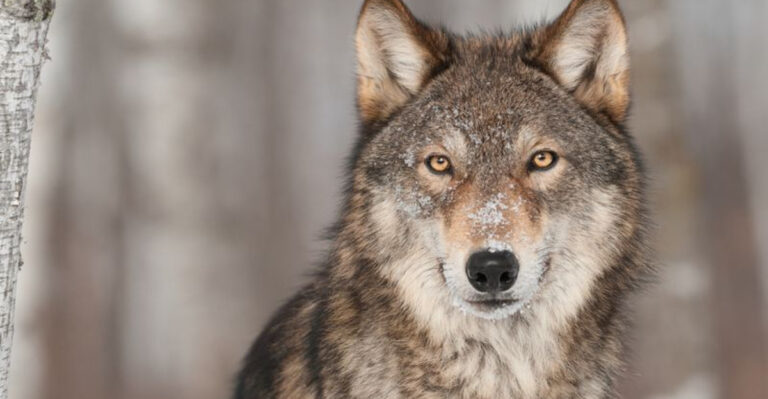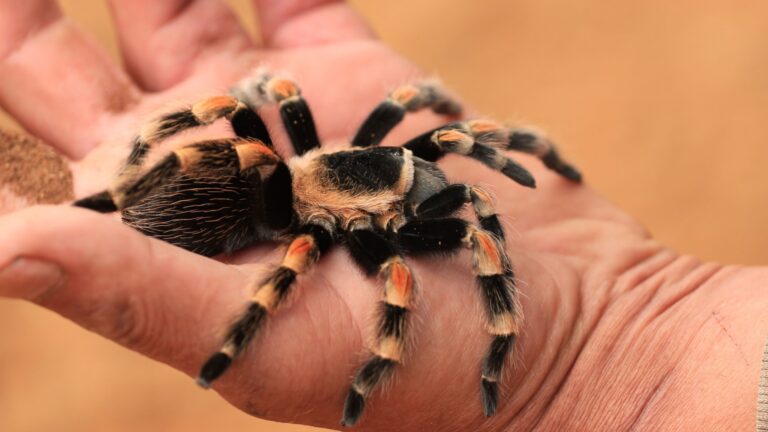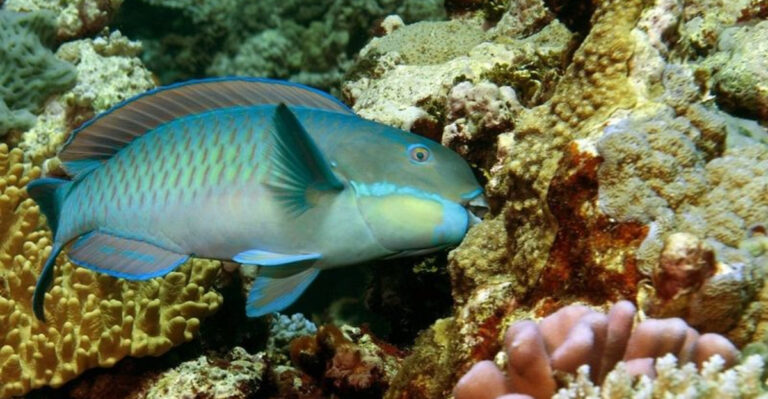15 Largest Reptiles Still Roaming The Earth Today
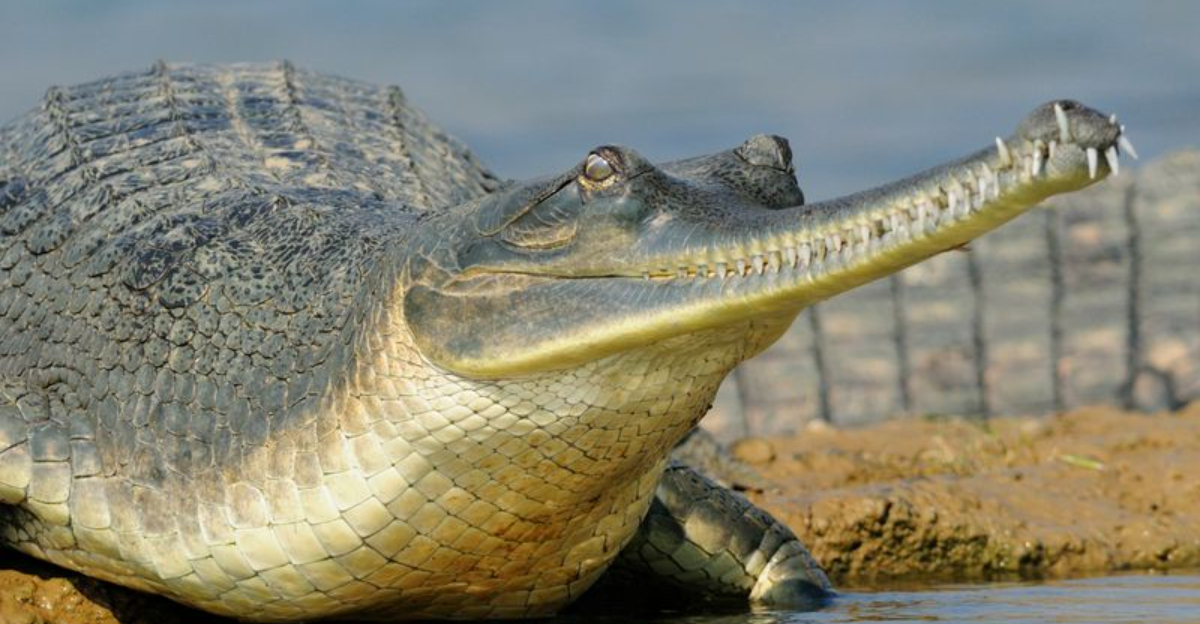
Reptiles have been ruling the planet since the days of the dinosaurs, and some of their modern-day descendants are still absolute giants.
From enormous crocodiles and record-breaking snakes to massive sea turtles and ancient tortoises, these creatures are living proof that nature doesn’t always downsize with time.
1. Orinoco Crocodile
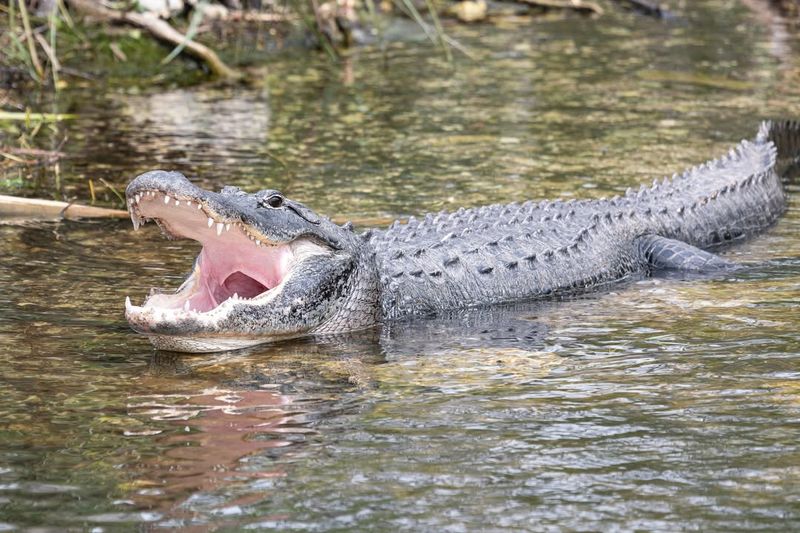
One of the rarest and most critically endangered crocodilians, the Orinoco crocodile can grow up to 16 feet long.
Native to the Orinoco River basin in Venezuela and Colombia, it’s known for its broad snout and pale coloring. Conservation efforts are ongoing to save this river giant.
2. Burmese Python
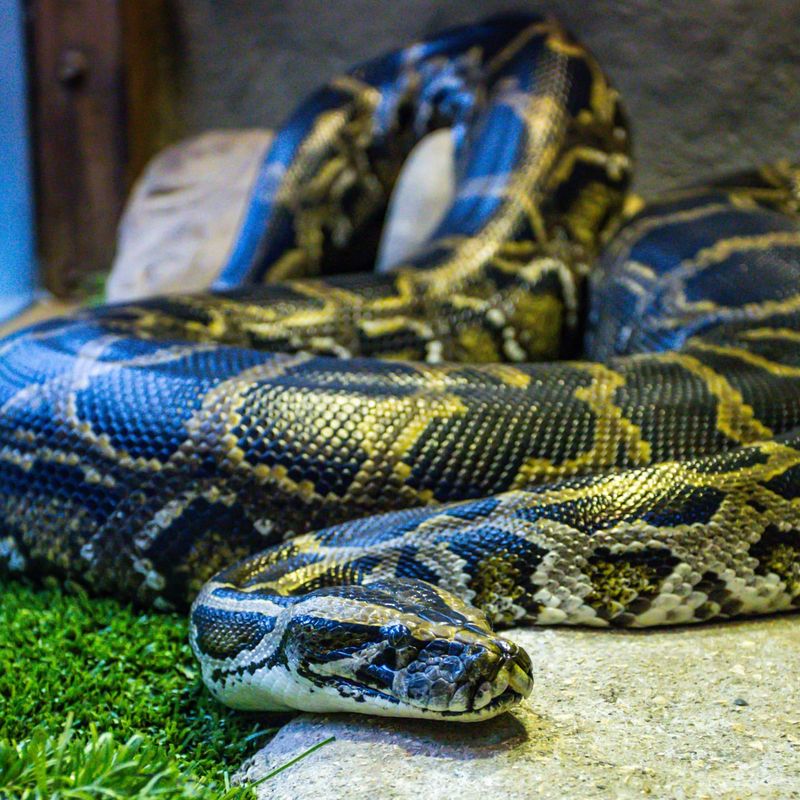
This massive constrictor can grow over 20 feet long and is known both for its beauty and its power.
Native to Southeast Asia, it has also become an invasive species in places like Florida. Its size, strength, and adaptability make it one of the largest snakes in the world.
3. Nile Crocodile
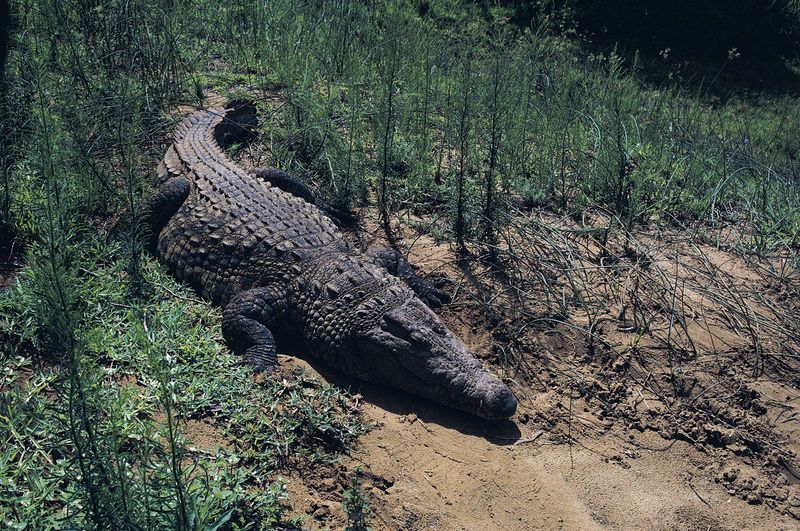
Native to Africa, the Nile crocodile isn’t far behind in size, reaching lengths of up to 18 feet. Known for their aggression, these reptiles have powerful jaws and a ferocious hunting style.
They dominate rivers and lakes, often lurking just below the surface.
4. Saltwater Crocodile
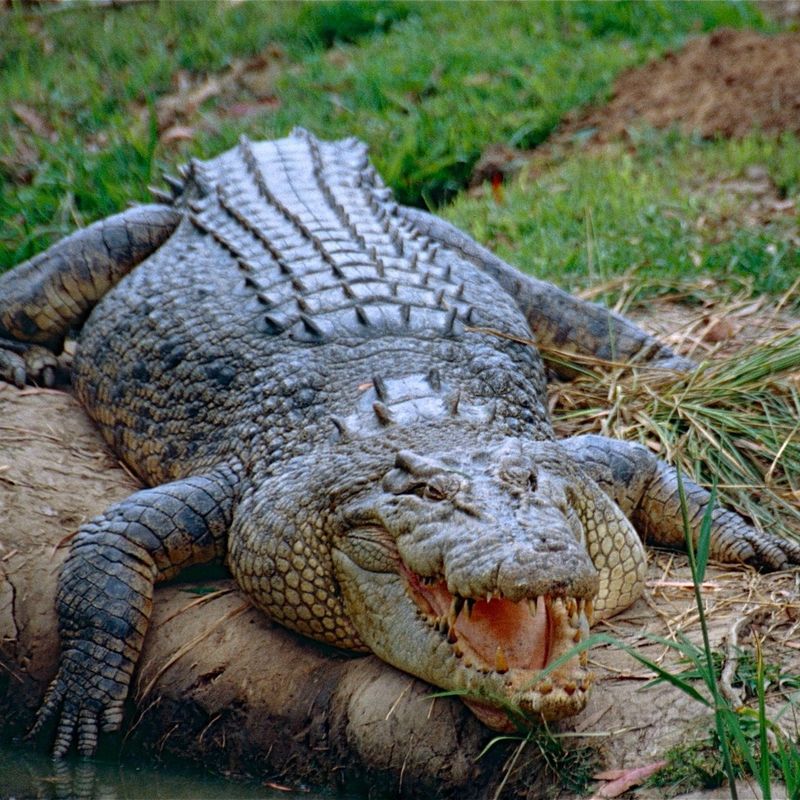
The undisputed heavyweight of the reptile world, the saltwater crocodile can grow over 20 feet long and weigh more than 2,000 pounds.
Found in Southeast Asia and northern Australia, this apex predator is both powerful and stealthy. Its massive size and ambush tactics make it one of the most dangerous animals on Earth.
5. American Alligator
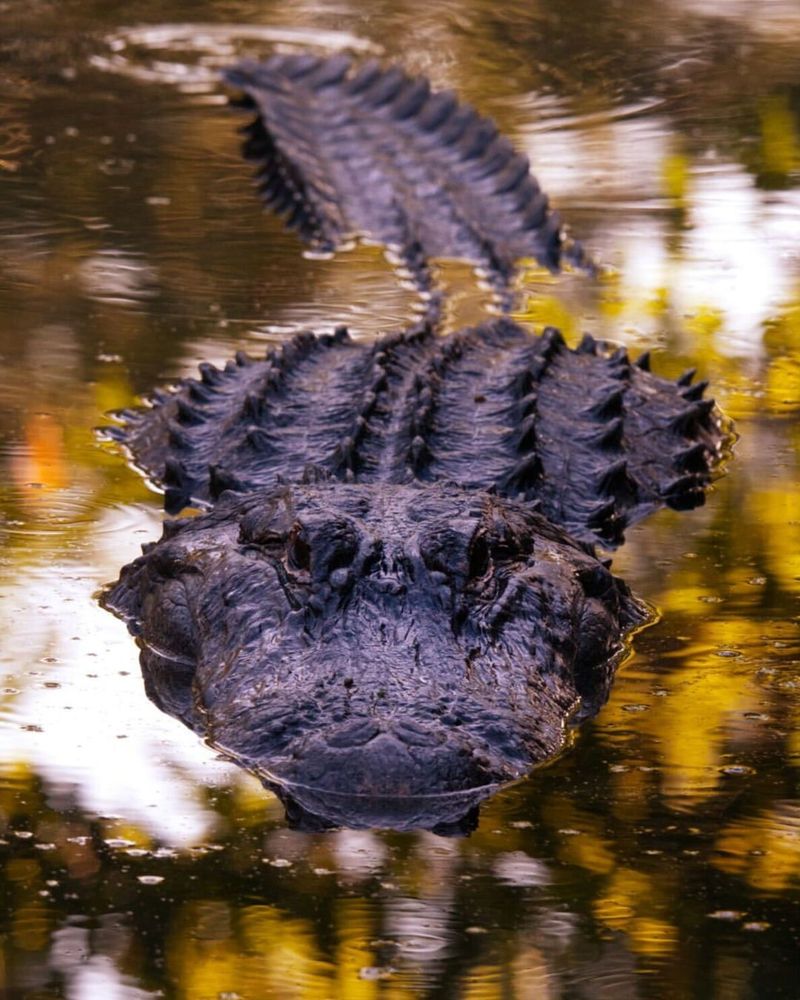
Found throughout the southeastern United States, the American alligator can reach lengths of 13 to 15 feet.
Despite their fearsome appearance, they’re generally less aggressive than their crocodilian cousins. These reptiles are conservation success stories, rebounding from near extinction.
6. Leatherback Sea Turtle
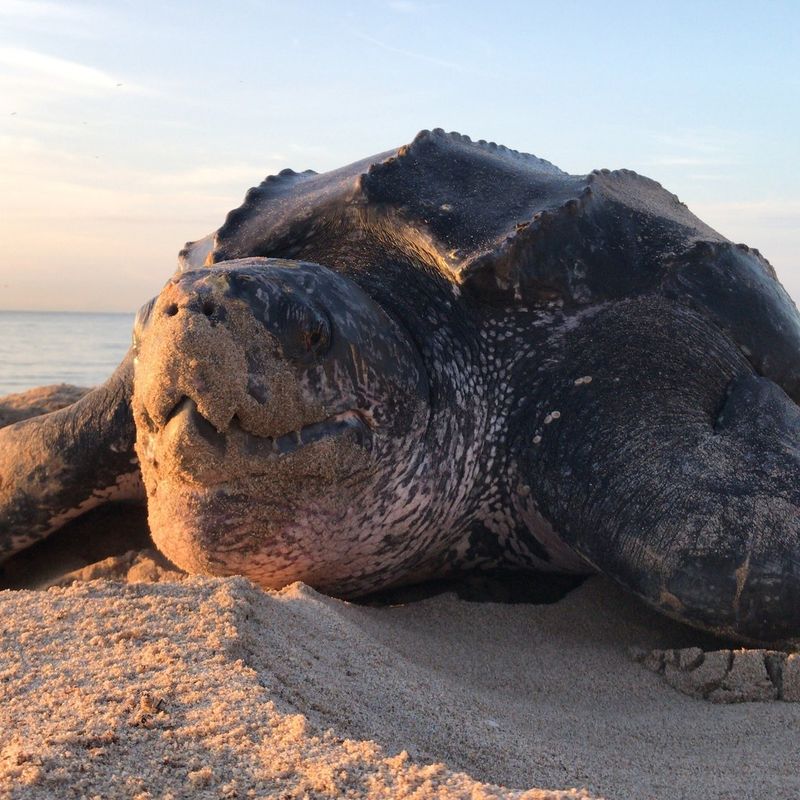
The largest of all sea turtles, the leatherback can measure over 7 feet long and weigh up to 2,000 pounds.
Unlike other turtles, it has a leathery, flexible shell that helps it dive to great depths. These gentle giants migrate thousands of miles each year across oceans.
7. Green Anaconda
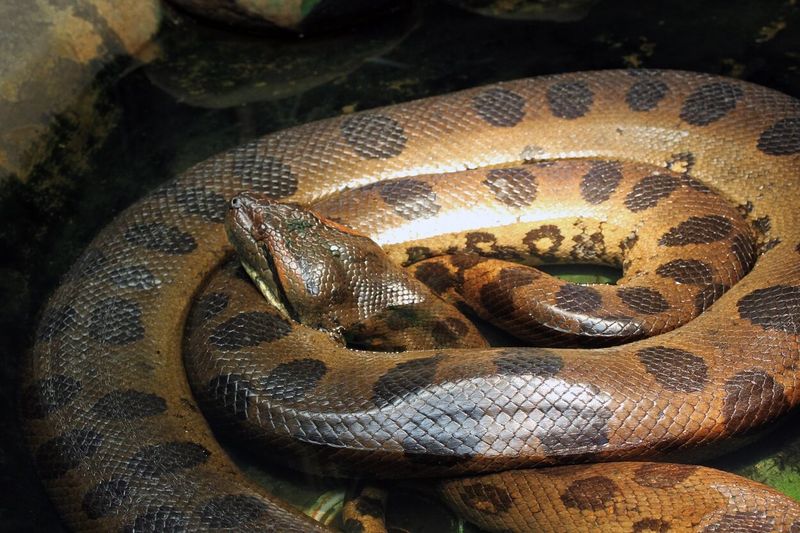
The heaviest snake in the world, the green anaconda can grow more than 20 feet long and weigh over 500 pounds.
Found in South America’s swamps and rivers, it’s a constrictor capable of taking down prey as large as deer and caimans. Its size and power are unmatched in the snake world.
8. Komodo Dragon
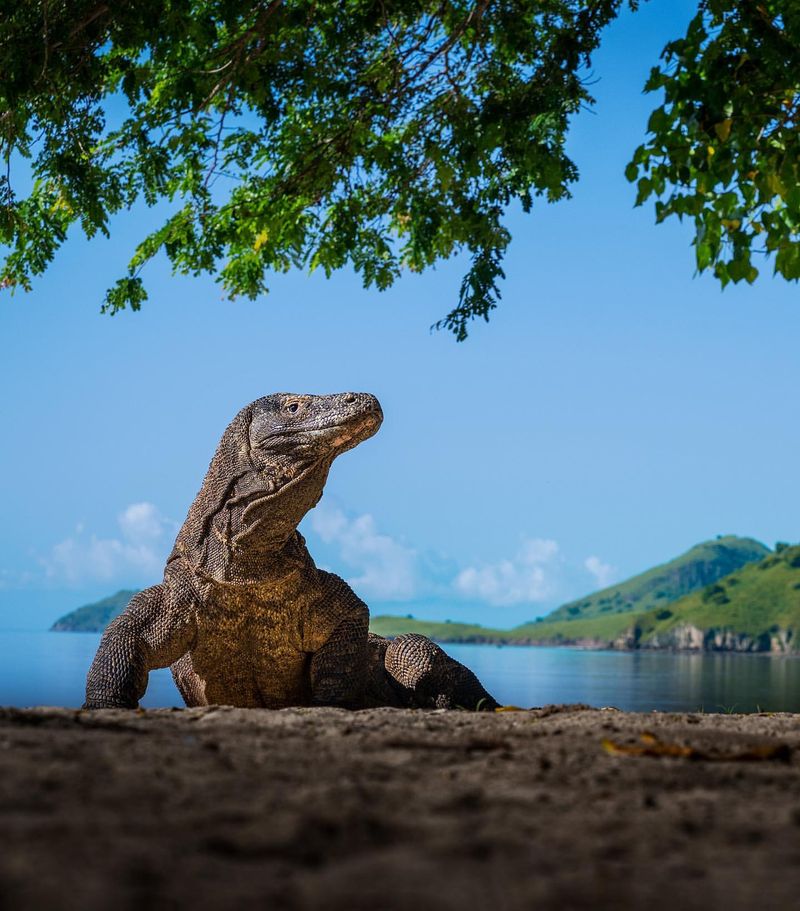
The largest living lizard, the Komodo dragon can exceed 10 feet in length and weigh over 300 pounds.
Found only on a few Indonesian islands, it’s a top predator with a venomous bite. Its prehistoric appearance and dominance make it a true marvel of evolution.
9. Aldabra Giant Tortoise
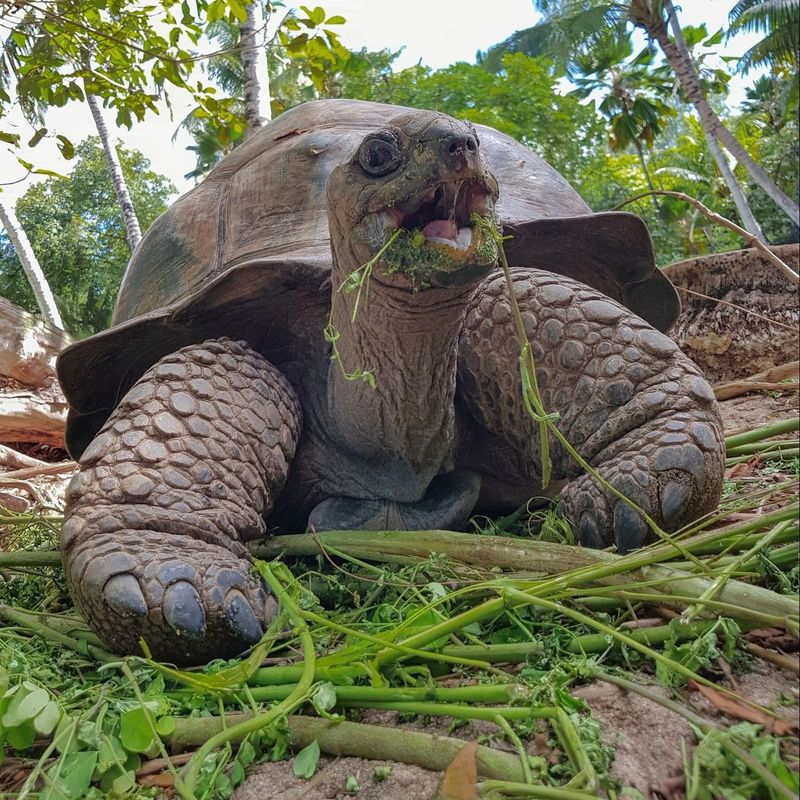
Native to the Aldabra Atoll in the Seychelles, this gentle giant can weigh over 500 pounds and live well beyond 100 years.
Its domed shell and slow gait make it a symbol of endurance. These tortoises have become conservation ambassadors around the world.
10. Gharial
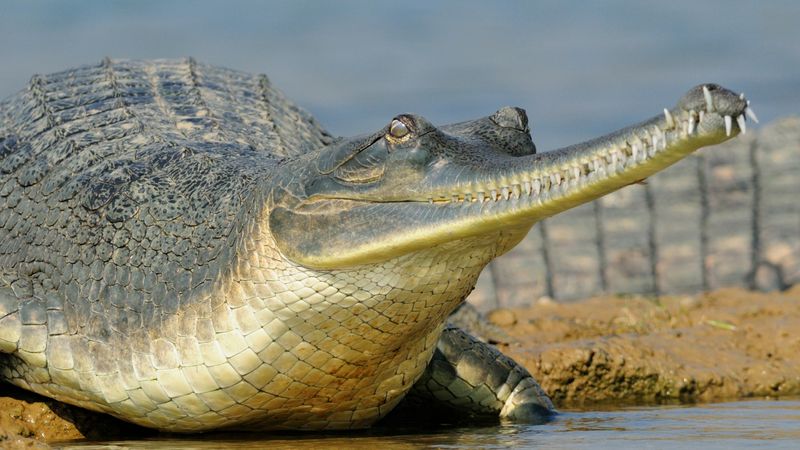
With its long, slender snout and sharp teeth, the gharial looks like something out of a fantasy novel.
Native to India, this fish-eating crocodilian can reach lengths of 15 to 20 feet. Despite its size, it’s shy and critically endangered in the wild.
11. Reticulated Python
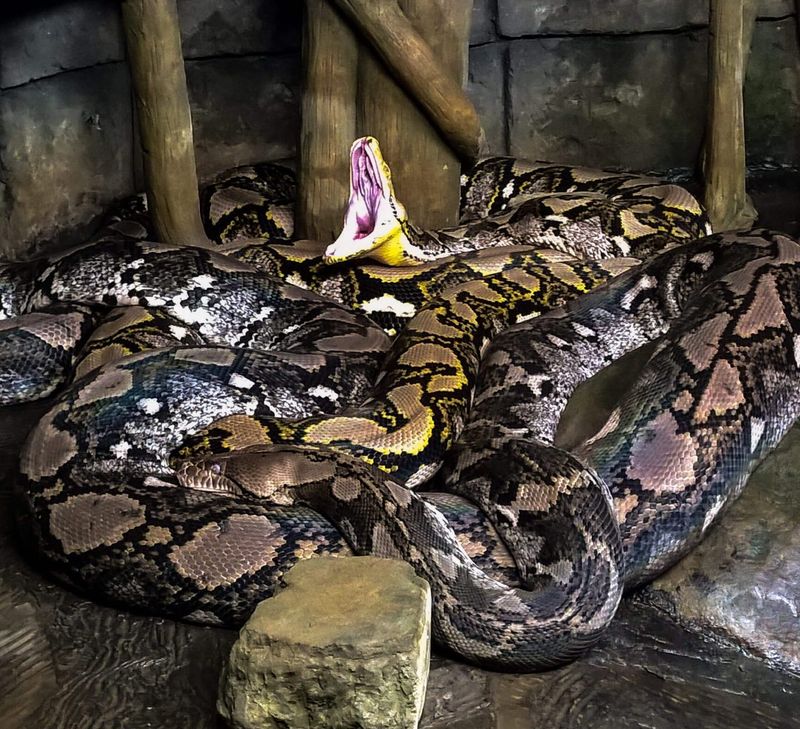
The reticulated python is the longest snake on Earth, with some individuals measuring over 25 feet.
Found in Southeast Asia, it’s a constrictor with dazzling skin patterns. Its impressive length earns it a spot among the reptile giants.
12. Cuban Crocodile
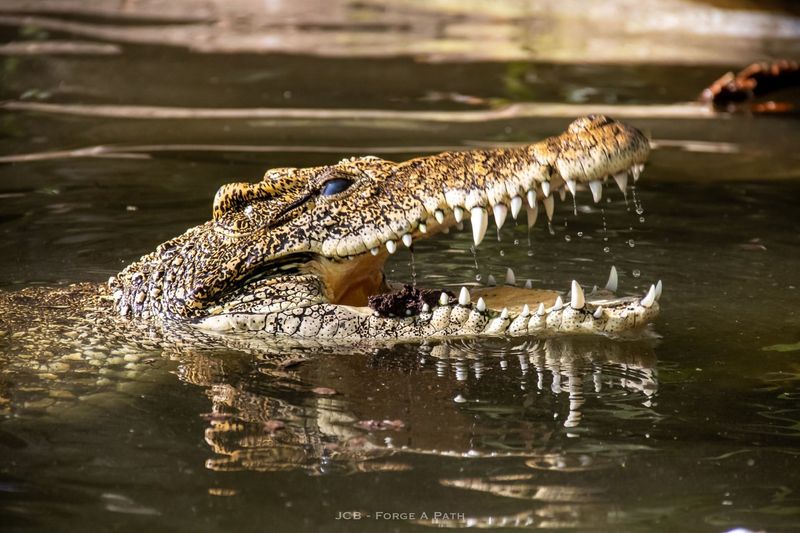
Smaller than some of its cousins, the Cuban crocodile still reaches up to 11 feet and is known for its agility and aggression.
It has a more terrestrial lifestyle than most crocodiles and is critically endangered. Its unique jumping ability sets it apart in the crocodilian family.
13. Chinese Alligator
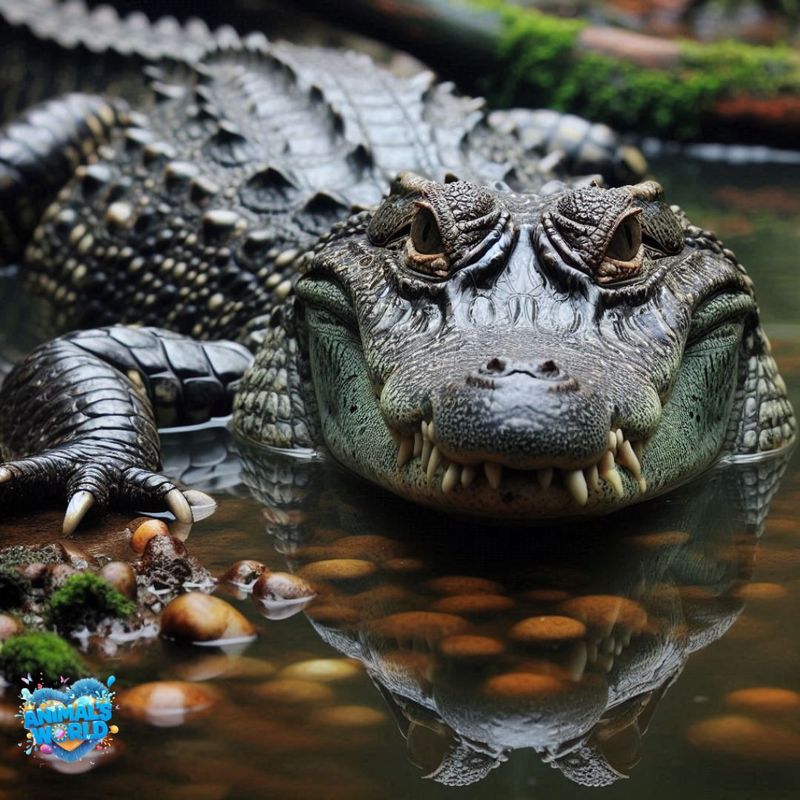
A rare and critically endangered species, the Chinese alligator is smaller than its American cousin but still commands attention at over 6 feet long.
Found in the Yangtze River basin, it’s shy, reclusive, and the focus of active conservation efforts.
14. Mugger Crocodile
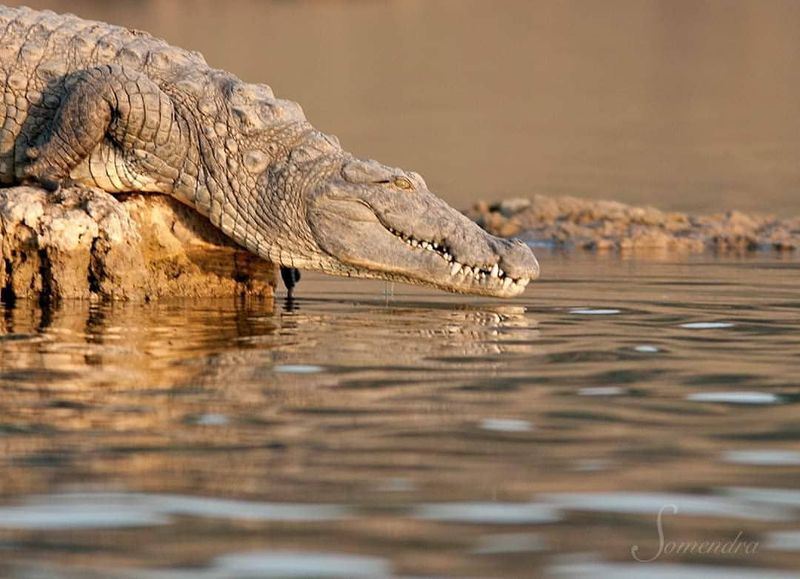
Also known as the marsh crocodile, the mugger lives in freshwater habitats across the Indian subcontinent.
It can grow up to 16 feet and is known for basking along riverbanks. Despite its intimidating look, it has a relatively broad snout and ambushes prey with lightning speed.
15. Spectacled Caiman
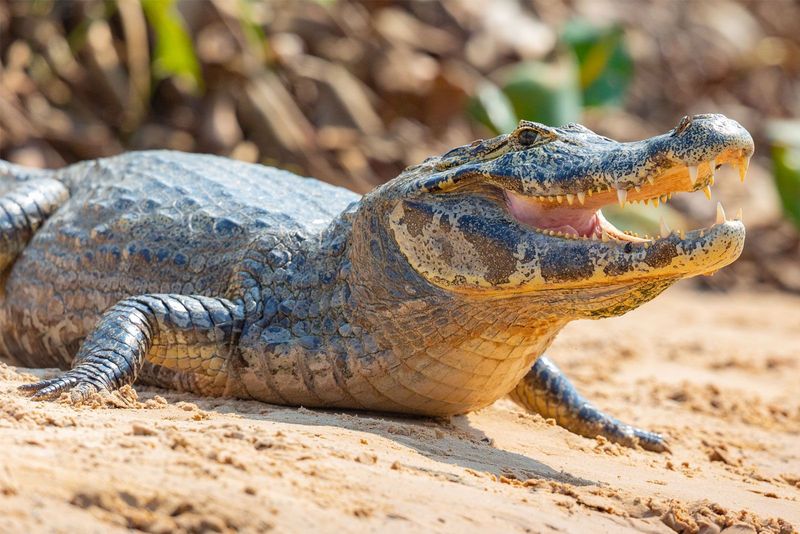
Named for the ridge between its eyes that looks like spectacles, this smaller crocodilian still reaches over 8 feet in length.
Native to Central and South America, it’s one of the most adaptable reptiles, thriving in a wide range of habitats.

